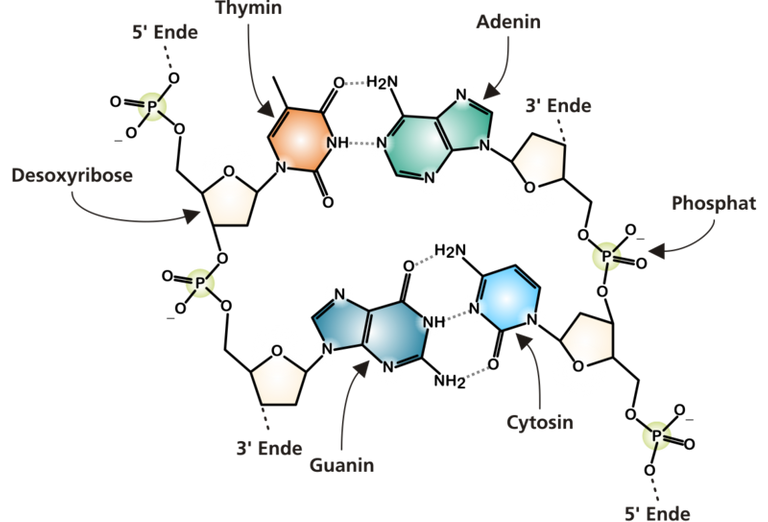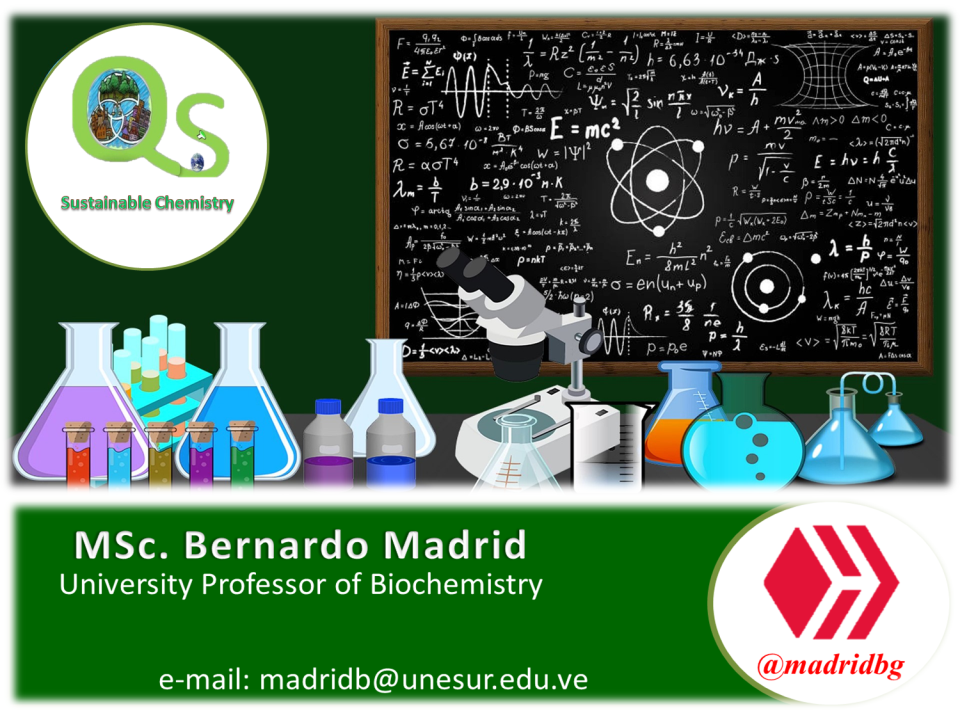GENETIC STRUCTURING BASED ON PSEUDOGENES
Greetings dear readers, the scientific approach continues and this time we will be addressing aspects associated with the genetic organization from alternative structures called pseudogenes and that fulfill specific functions that allow us to advance in the understanding and genetic organization of the human species. In this sense and as has been constant, it will be a material that we will publish through the #Stemsocial community, leader in the approach of science in the #Hive platform.

Image courtesy of: felixioncool
Consequently, it is necessary to understand that pseudogenes are genes that derive from other already known genes and whose functions are different because they have lost certain functionalities due to radical changes that have occurred throughout the process.
At the scientific level, several scenarios have been proposed to justify the explanation of the origin of these pseudogenes and in the first instance it is assumed that they are part of fragments of the transcription of the messenger RNA, hence the genes can be transcribed inversely and spontaneously and inserted into the chromosomal DNA, so that this type of pseudogenes is known as processed.
On the other hand, we can get other theoretical arguments that allow us to justify the formation of pseudogenes from a process of genetic duplication, which implies that along the same genome, two copies of a gene can be presented when in reality only one of them is needed, Thus, the mutation processes that are in charge of deactivating one of the copies are not capable of selecting the other, hence these genes end up generating a complementary process to the pre-existing one, and this type of behavior is called duplicated or unprocessed pseudogenes.

Representation of pseudogenes: SqueakBox
The last hypothesis that explains the formation of pseudogenes, derives from the possibility that one of the functional genes is deactivated through a mutation and consequently, it is a mechanism that replicates, thus fixing a kind of genetic population, which is a phenomenon that can occur in normal environments such as natural selection, hence it is a mechanism very similar to the one explained above with the raw genes.
Based on the above, it is necessary to understand that the knowledge of the human genome and the possibility of scrutinizing each one of its secrets, has allowed us to identify the specific place where the genetic information is found and the way in which the genes are decoded, and it has been this same approach that has allowed the discovery of new genetic structures which have been denominated as pseudogenes.
However, the general approach or thought that we have about genes is only as a structure that is formed from DNA, when the truth is that studies show that at the genome level are present more than 19,000 pseudogenes that also have genetic information, which gives them the properties or qualities of being complex or partial versions of genes that have accumulated several mutations, In other words, this genetic material that undoubtedly has defects in its replication and that seems to be able to encode some protein, it has been determined experimentally and methodologically that this is not possible, since the organism cannot get rid of this material and ends up accumulating it within the genome itself.
However, we previously explained that these pseudogenes could be classified in 30% as unprocessed pseudogenes and the remaining 70% as processed. In this sense, referring to the former, where copies of genes that somehow in their duplication had a mutation process and lose the ability to synthesize proteins are genes that lack the ability to transcribe due to the absence of a valid promoter sequence, This phenomenon is understood as the absence of the sequence or group of 3 to 6 nucleotides at the beginning of the DNA strand of the gene to transcribe, at this point the same metabolic process through the polymerase enzyme, allows the union with the promoters to be able to trigger the transcription process.

Chemical structure of DNA: Madeleine Price Ball.
At this point, the absence or anticipated presence of codons in the termination is determinant, since these are the ones that contain three bases that do not code for any amino acid, which represents a generalized problem at the metabolic level, since the polymerase enzyme not having sufficient information of the type of amino acid that continues is not placed and the process of the DNA strand that was being generated is concluded.
On the other hand, if the process is anticipated the genetic information obtained from the DNA strand will not be sufficient for the synthesis of the necessary protein and if it is absent, the synthesis is much longer than necessary obviously affecting the size and three-dimensional configuration that can limit access to the active site for synthesis.
Also, processed pseudogenes are so called because they lack the promoter sequence of normal genes, hence they are not normally expressed and are therefore copies of messenger RNA that have been retro transcribed and are already inserted into the genome.
So the importance of pseudogenes increases day after day, since it becomes necessary and visible when genetic studies of individuals of different species are performed, this becomes more complicated when you want to study a particular gene of a certain species but this species has a pseudo gene very similar to the one you want to obtain, Therefore, the result of the sequence to be studied by PCR amplification are actually the product of two different sources of origin and it is very difficult to discriminate which is the information coming from the gene and which is from the pseudogenes, so that all the results can be erroneous leading to restricted conclusions about the behavior and properties of the real genes and pseudogenes.
Consequently, it is necessary to continue advancing in the genetic understanding of living beings and even more so with the recent technological advances, which has helped us to study the genetics of living beings, especially humans, more and more closely. However, we must be aware that there is still a long way to go because we still do not know all the information about the replication of our genomic sequence and we even tend to confuse it, hence the importance of knowing each structure and species that make up our genetic material.
BIBLIOGRAPHY CONSULTED
[1] Rosa Martinez Haploid variations in human nuclear sequences: the GBA pseudogene.Article: Online Access
[2] Paz Andrea and Collaborators DNA Barcode of Life: An Introduction and Perspective.Article: Online Access
OF INTEREST
1. For more information related to the areas of science, technology, engineering and mathematics, do not hesitate to visit #stemsocial and #stem-espanol, they are communities that promote scientific advances in these areas

0
0
0.000
I had some colleagues that were studying pseudogenes, mostly about phylogeny or evolution. It is still pretty unclear how these DNA features means for the biology of the organism, some of them act as regulators when transcribed.?
!1UP
You have received a 1UP from @gwajnberg!
@stem-curator, @neoxag-curator, @pal-curator
And they will bring !PIZZA 🍕.
Learn more about our delegation service to earn daily rewards. Join the Cartel on Discord.
I gifted $PIZZA slices here:
@curation-cartel(5/20) tipped @madridbg (x1)
Join us in Discord!
Thanks for your contribution to the STEMsocial community. Feel free to join us on discord to get to know the rest of us!
Please consider delegating to the @stemsocial account (85% of the curation rewards are returned).
Thanks for including @stemsocial as a beneficiary, which gives you stronger support.